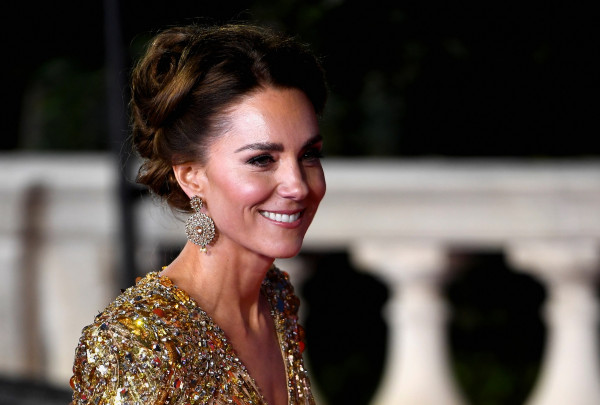Absence of Princess Kate Noted as Royal Family Releases Striking Thistle Service Image

In a striking display of royal continuity and adaptability, Buckingham Palace has released a historic portrait featuring King Charles III, Queen Camilla, Prince William, and Prince Edward following the prestigious Thistle Service at St Giles' Cathedral in Edinburgh. The image, shared on the royal family's official social media accounts, has sparked both admiration and curiosity among royal watchers and the public alike.
The portrait, taken during Royal Week in Scotland, showcases the four senior royals adorned in the verdant green Mantle of the Order of the Thistle velvet robes, complemented by white-plumed hats and gleaming insignia including the Thistle Stars. This regalia, steeped in centuries of tradition, serves as a visual reminder of the monarchy's enduring role in British and Scottish affairs.
However, for many observers, the composition of the group portrait raised questions about the current state of the royal family. The absence of Catherine, Princess of Wales, was particularly noticeable, given her usual prominence in such official imagery. A royal source, speaking on condition of anonymity, confirmed that the Princess is continuing to focus on her health following her cancer diagnosis earlier this year.
View this post on Instagram
"It's an odd feeling to see Prince Edward standing where we would typically expect to see Princess Catherine," noted royal commentator Elizabeth Harrington. "While her absence is completely understandable given her current health situation, it does underscore the challenges the royal family is facing in maintaining a robust public presence."
The inclusion of Prince Edward, the Duke of Edinburgh, in this high-profile portrait marks a significant step in his increasing prominence within the working royal family. Edward was appointed to the Order of the Thistle on his 60th birthday in March, a personal gift from King Charles that reflects his growing role in royal duties.
Queen Camilla's presence in the portrait also highlights her evolving status within the monarchy. Appointed as a Lady of the Thistle in June 2023, her inclusion reinforces her position as a key figure in the royal family's public engagements and ceremonial duties.
The Order of the Thistle, often described as Scotland's highest honor, is limited to 16 knights and ladies, in addition to members of the royal family. Its bestowal is seen as recognition for significant contributions to national life or public service.
While the portrait has generally been well-received, some royal watchers have questioned the absence of Sophie, Duchess of Edinburgh, who attended the service but was not included in the official photograph. A palace spokesperson clarified, "The Duchess of Edinburgh is not yet a Lady of the Thistle, which explains her absence from the robed portrait. The Order is a personal gift of the sovereign, and future appointments remain at His Majesty's discretion."
The release of this portrait comes at a time when the royal family is operating with a noticeably reduced public-facing team. Princess Anne is currently recovering from a concussion, while Prince Harry and Meghan Markle continue their life away from official royal duties in the United States.
Despite these challenges, the monarchy appears determined to project an image of stability and continuity. "This portrait sends a clear message that the institution remains strong and adaptable," said Dr. Richard Fitzwilliams, a royal commentator. "It's a visual representation of how the family is rallying around core members during a period of transition and personal challenges."
As the royal family navigates this complex period, the public's interest in their activities remains high. The Thistle Service portrait has reignited discussions about the future shape of the monarchy and the roles various members will play in the years to come.
For now, as King Charles, Queen Camilla, Prince William, and Prince Edward stand resplendent in their Thistle robes, the image serves as a powerful reminder of the enduring nature of the British monarchy. It captures a moment in time – one that reflects both the weight of tradition and the necessity of adaptation in an ever-changing world.













